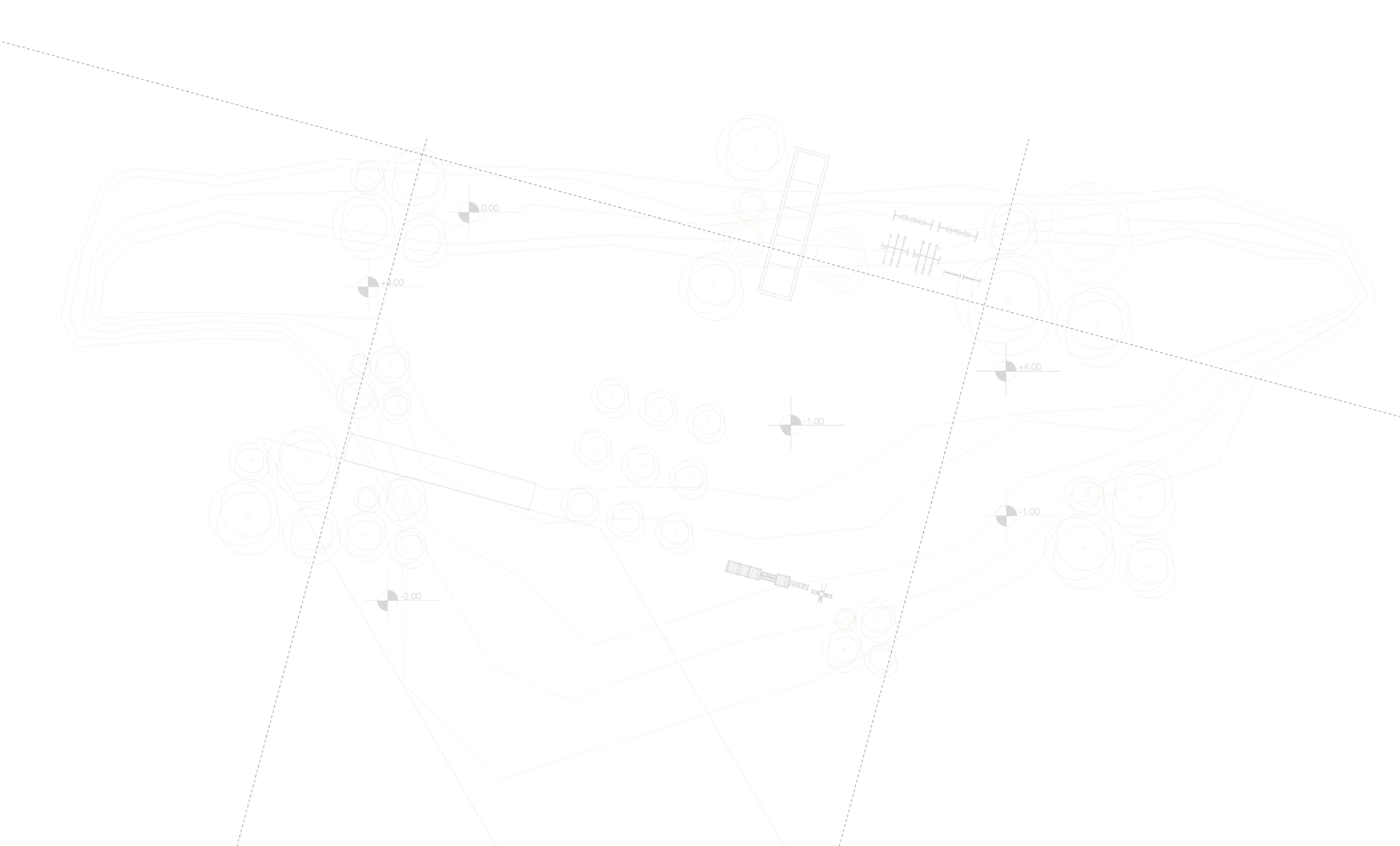3D Modeling: A Powerful Tool in Architectural Design
- Phillips & Donovan Architects, LLC

- May 13
- 3 min read

3D modeling is a powerful tool that enables the creation of realistic and detailed representations of architectural projects. As a valuable tool for both architects and clients, 3D modeling helps communicate design ideas, bring the project to life in the client's mind, gather feedback, and inform decisions about a project.
There are four key advantages of using 3D modeling in architecture. The first is improved communication between the architect and the client. 3D models can be used to communicate design ideas to clients and stakeholders in a more effective way than 2D drawings, especially when the client is not as familiar with architectural drawings. A more realistic visual can be a more effective way to convey ideas. Phillips & Donovan Architects, LLC often helps our clients visualize their projects in this manner.

This can help avoid misunderstandings and establish that everyone is on the same page. Better decision-making is the second advantage. This is demonstrated through how 3D models enable architects to make more informed decisions about projects by providing a more comprehensive understanding of the design. This can help avoid costly mistakes and design delays. Next, increased collaboration is facilitated through the use of 3D models, which enable more effective collaboration with clients and stakeholders. This can help streamline the design process and ensure everyone agrees with the project direction. Finally, with Enhanced marketing, 3D models can be used to create marketing materials. The marketing materials created by this software can help to sell a project to potential clients or investors. This helps generate interest and excitement in a project while also showcasing past work in a digital format. Phillips & Donovan Architects, LLC has created marketing materials for apartments from its 3D models.


Several different 3D modeling software programs are available, each with its strengths and weaknesses. The most popular options include Revit, SketchUp, and Enscape, which can be categorized in several ways.

Revit is a BIM (Building Information Modeling) software program designed specifically for architecture and engineering projects. It is a powerful tool that can be used to create detailed models of buildings and structures. Revit models can be used to generate 2D drawings, 3D renderings, and even virtual reality experiences. In these virtual reality experiences, the client can virtually walk through design spaces, providing a more personal and in-depth feel for how the space will look once it is brought to life. These experiences and features can be crucial for architects to convey the ideas they have in their minds to clients in a whole new way.

SketchUp is a 3D modeling software program designed for general use. It is a relatively easy-to-use program that allows you to create basic 3D models. SketchUp models can be used to generate 2D drawings and 3D renderings, but they are not as detailed as Revit models. This option is a good choice for individuals who want the key features of 3D modeling software but with a more basic and user-friendly interface. Often, Phillips & Donovan Architects, LLC will use this for a less detailed project rendering.
Finally, Enscape is a real-time rendering software program that enables the creation of photorealistic 3D renderings from Revit and SketchUp models. It is a plug-in for these programs, providing an integrated design experience across all phases of your project. Enscape can also be used to create the virtual reality experiences of Revit models.
Phillips & Donovan Architects, LLC uses all three of these. Most of our projects are now designed in Revit. We also model in SketchUp and render in Enscape. Both of these are effective at visually enhancing the 3D model from our Revit-designed and drafted projects.
The growing use of various technologies in the architectural space presents opportunities for enhanced experiences across all areas of the design process. All of these 3D modeling software programs can be used to create valuable tools for architects and clients. They can help to communicate design ideas, get feedback, and make informed decisions about a project. If you are a client considering 3D modeling for your next project, be sure to explore the various options available to you. Our team at Phillips & Donovan Architects, LLC would be happy to discuss the pros and cons of the different modeling options.
At Phillips & Donovan Architects, LLC, we regularly utilize 3D modeling in both our design process and to help clients gain a better understanding of what their final project will look like. If you're planning a project, we'd love to discuss the various design options we offer with you.





Comments